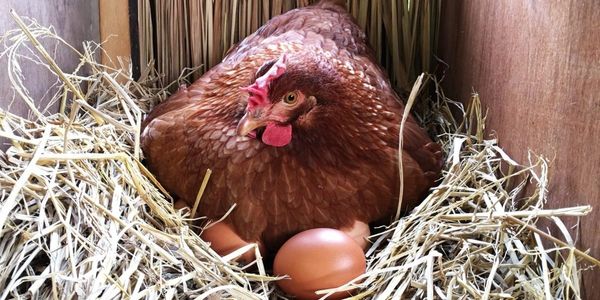Lead Times Vary, Please Call to Complete All Orders. Thank You!
Chick Care
Brooder Space
Light and Heating
Light and Heating

Provide a designated area preferably a nesting box for your hens to brood on her eggs. Ideally, you will have one nesting box for every 4-6 hens. Try and have the nesting area in a quiet, dark area in the coop and keep in regularly filled with pine/cedar shavings or straw.
Light and Heating
Light and Heating
Light and Heating

A hen's feathers provide more than adequate heating for eggs in the winter months. By the spring when most eggs hatch, it is usually warm enough for chicks and if not they will find relief by cuddling under their mom's feathers.
Feed and Water
Feed and Water
Feed and Water

Hens will immediately teach chicks how to find their food and drink water. You still need to provide started feed, grit, and treats to your chicks to provide extra nutrition. Treats you can give your chicks include cabbage, cooked eggs, and for older chicks, oyster shells.
Interaction
Feed and Water
Feed and Water

For the first two to three days, keep your chicks and hen in a separate area from the rest of the flock. After the first couple days, you can let them interact with the flock. The mother hen will be very protective for the first few weeks. By 8-10 weeks, the mother hen has normally allowed her chicks to run free and become individual members of the flock.